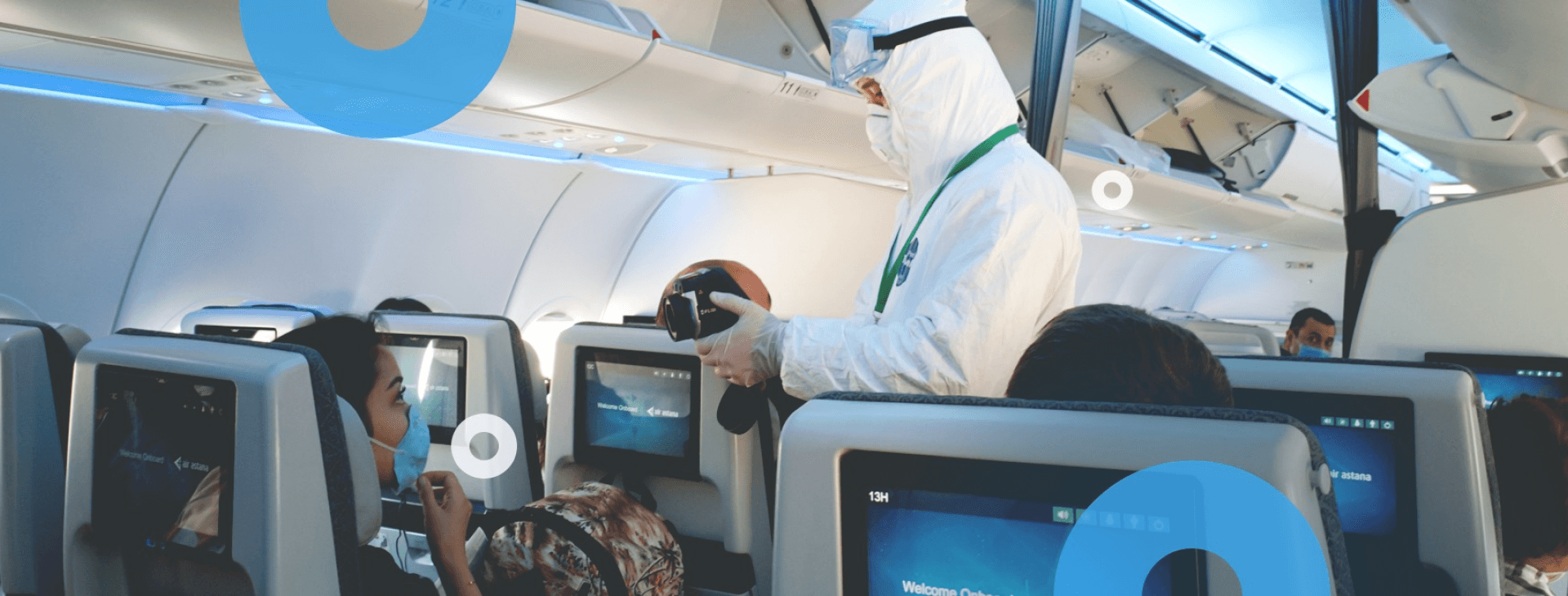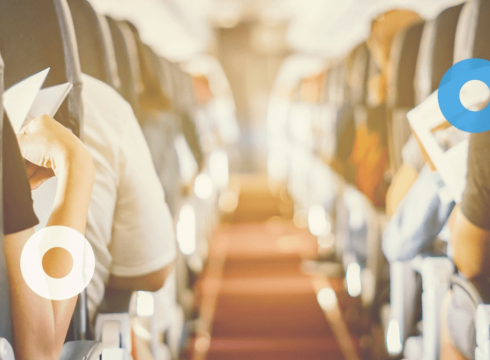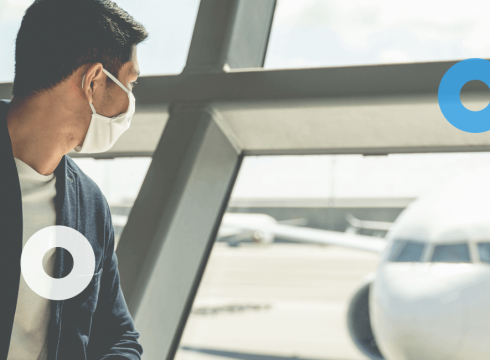What Will Happen to Airline Industry After COVID-19?

Commercial airlines and airline-related businesses around the world face significant financial issues – and perhaps bankruptcy – due to the unprecedented travel restrictions in the wake of the coronavirus pandemic. According to the IATA, airlines in most regions only have two-to-three months worth of funds to cover their operations. However, this hides large variances in the financial strengths and weaknesses of individual carriers. While the best airlines have stronger balance sheets than they did during the 2008 recession, many carriers are financially walking wounded.
The travel restrictions and large drops in passenger numbers have essentially placed huge pressure on the cash flow of many carriers. Worldwide flights are down by nearly 80% in April 2020, with the recession expected to continue well into the next few years, according to the latest IATA assessments.
Recovery: Expectation vs Reality
Even as countries continue to “flatten the curve” in terms of reducing the number of new coronavirus cases, it will be difficult to predict when people will become willing to cram themselves into enclosed cabin spaces in a post-pandemic world. A recent IATA survey suggested that at least 40% of recent air passengers anticipated a wait of at least six months after the virus has been contained before they would consider flying again. Budget carriers like EasyJet are intending to keep middle seats empty to reassure customers who want to continue with social distancing measures, while international firms like Korean Air Lines are issuing cabin crew with personal protective equipment including masks, gloves, goggles and protective gowns.
“We should be prepared for a choppy, sluggish recovery even after the virus is contained,” Delta Air Lines CEO Ed Bastian said in a letter to employees this week. “I estimate the recovery period could take two to three years.”
Government Measures Revealed
Governments around the world have begun releasing rescue packages for the airline industry in an attempt to avoid any lasting or catastrophic disruption. In the US, the industry benefited from a $2 trillion stimulus package which has recently been signed into law, although an enormous additional amount of capital will still be required to avoid any major impacts. This means that many of the weaker airlines will struggle to manage as independents. The result could very well be a smaller set of well-equipped large airline companies, which would hardly be news in an industry used to enormous exposure to external financial shocks. However, it would be a mistake to assume that the airline industry will look the same as it did prior to the coronavirus pandemic.
The following government measures have been released so far:
- Australia has pledged an A$175 million aid package ($340 million in US dollars). This comprises forward waivers and refunds on fuel taxes, domestic air navigation charges and regional security costs.
- Brazil is allowing its airlines to postpone payments of airport fees and air navigation levies.
- China has reduced parking, landing and air navigation costs, as well as introducing subsidies for airlines which continue to fly to the country.
- Hong Kong’s government is supporting the AAHK (Airport Authority of Hong Kong) by providing a relief package worth HK$2.6 billion (equivalent to $335 million in US dollars) for its airport community. This includes waivers on licensing fees, airport charges and airline services, as well as rent reductions.
- New Zealand will provide a loan facility of NZ$900 million ($580 million USD) to its national carrier, in addition to NZ$600 million in relief for the entire airline industry.
- Norway has issued plans for a state loan guarantee for its airline industry worth $533 million USD.
- Qatar has issued a statement of support, with details of finances forthcoming soon.
- Singapore has provided $82 million (USD) worth of relief measures, including rental rebates, assistance to ground handlers and rebates on airport charges.
- Sweden and Denmark each announced $300m (USD) in loan guarantees for their national carriers.
In addition to this, the US Congress and European Central Bank are expected to announce significant measures to help the airline industry in their respective local jurisdictions, and as part of a wider global stimulus package.
Understanding the Post-lockdown Air Travel Landscape
Once COVID-19 has successfully been contained, we can expect domestic air travel to open up sooner than international travel. Flight volumes are unlikely to regain peak levels for at least three years, depending on distance segmentation. In addition to this, pricing recovery will lag by at least one year.
Business travel is expected to recover at a quicker rate than leisure travel, but at much lower levels than in a pre-COVID-19 landscape. It is expected that long-haul narrow-body aircraft will change how international flights work, by replacing spoke/hub models with point-to-point flights. Regional travel will potentially move from expensive, business-oriented models to low-budget leisure-oriented models.
In short, this means we can expect higher fares, fewer routes, more preflight health checks (including temperature scans) and less free food mid-flight.
Increasing Profit by Turning to Ancillary
Airline configurations are expected to change as carriers attempt to squeeze additional money from their customers. Some companies will use the time spent grounded to upgrade their premium cabins, resulting in a greater divide between high-class and economy options, according to Volodymyr Bilotkach, an air transport management lecturer from the Singapore Institute of Technology.
In Asia, which is one of the last strongholds for all-inclusive pricing, budget airlines are also expected to increasingly charge passengers for meals, legroom and baggage check-ins. Before the pandemic, economy airlines in Asia only made an average of $3 profit per passenger. In the US and Europe, which are both long adopters of ancillary charges, profits sat at $17 and $5 per passenger.
Conclusion: The Future of Airline Remains Bright
The long-term outlook for the travel and airline industries continues to be bright. It’s worth taking into consideration that global integration, increasing demand for leisure travel, economic growth in developing nations and increasing worldwide consumer incomes have each driven the demand for air travel more than GDP growth.
Yes, it is true that immediate measures have temporarily changed the way in which we fly. In a post-pandemic landscape, it’s reasonable to expect that some of these minor changes are here for good. However, the airline industry has weathered the storms of global recession in the past and looks set to continue to do so when the world recovers from the shock of COVID-19.




